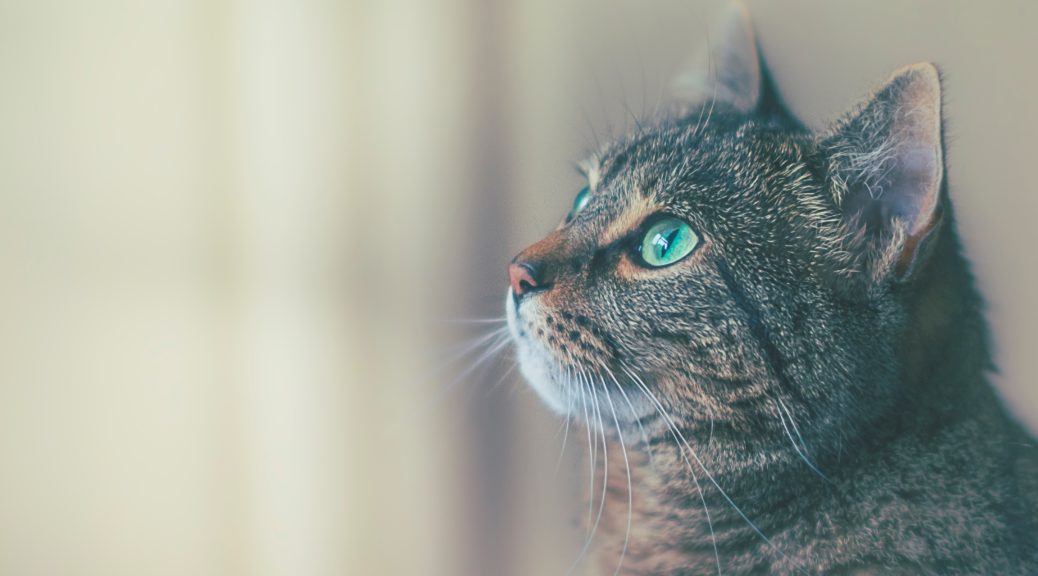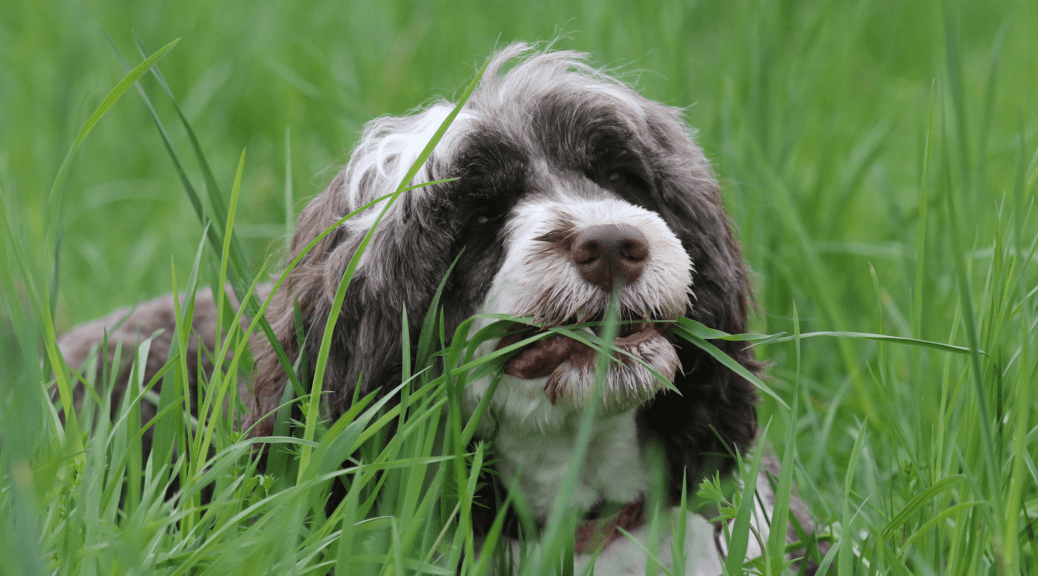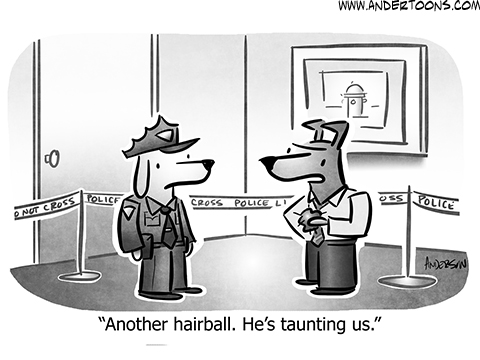Happy New Year, Everyone! 2023 is officially in the rearview, and we’re forging ahead into 2023. The start of a new year is a traditional time for people to pause, take stock of things, and set some goals for themselves. Of course, your feline pal will be supervising you throughout the year, and perhaps even helping a bit. As it turns out, Fluffy even has a few things on her own kitty agenda for the coming year. A Roanoke, VA veterinarian lists some of them below.
Get In Shape
Fitness is always a very popular New Year’s goal for people. Fluffy may also be interested in getting in shape. She may want to increase her sprint speed for those random dashes down the hall, jump higher, or work on her pounces.
Catch The Red Dot
Kitties have been chasing after laser pointers for several years now, which is always cute to watch. Fluffy probably won’t fare any better at this than she did last year, but she’ll still have fun trying.
Supervise The Humans
Our feline overlords like to keep close tabs on where their humans are. (Fluffy may completely ignore you when you call her, but that’s another topic.) Your little buddy will keep a close eye on you. She may even follow you around from room to room!
Be Helpful
We may poke fun at Fluffy for doing basically nothing all day, but cats actually do try to help us out here and there. Your furball may offer her ‘assistance’ with things like changing sheets, or she may try to clear your coffee table by knocking things off it.
Read More
Have you ever tried reading something, only to find your furry little buddy sprawled out on your book or computer keyboard? Fluffy may be able to read using osmosis!
Be Grateful
It’s important to remember to appreciate the good things in our lives. Cats do this, too! Actually, Fluffy is very thankful for the love and care we offer her. She also appreciates the catnip, toys, lap space, and furniture. She may show her gratitude in odd ways, but that’s just purr for the course.
Enjoy Life
Fluffy really just wants to relax, play, and spend time with her loved ones. Those are all worthy goals!
As your Roanoke, VA animal clinic, we wish you all a wonderful new year. Contact us anytime!





